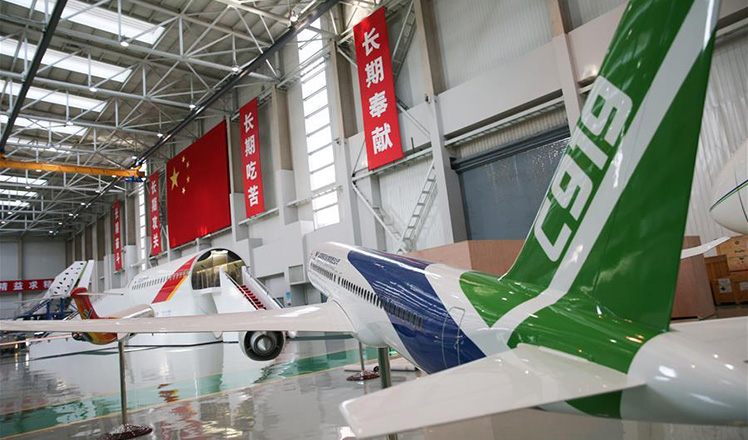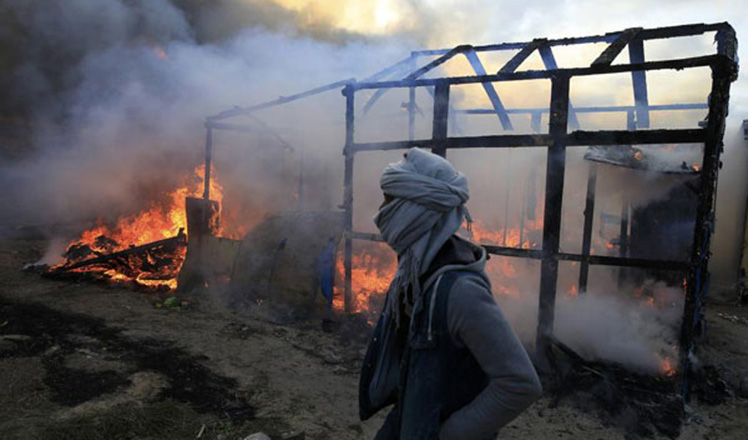HK scholars: A Supper connector HK pinned in the map of B&R Initiative
Updated: 2016-03-01 17:32
By Wu Zheyu(chinadaily.com.cn)
|
||||||||
The US has undertaken a high profile ‘Pivot to Asia’ adjustment based on the geostrategic consideration. Therefore,it seems insightful that China chooses a westward advance in the strategic space of central Asia, central Europe and even Europe as a whole to avoid a head-on confrontation with the US in Asia. From an institutionalism perspective, the Belt and Road Initiative contains regional cooperation organizations like AIIB, which is a sound attempt to build an international institute that better suits regional integration and China’s development. It reveals an energetic and promising style of leadership.
CD: As for role definition, could you explain how HK would perform as the platform for capital formation and financing first? ?
Lin: HK should continue to function as a key offshore RMB market. HK is currently the largest offshore center for the RMB. Some of the currency from the capital pool would flow back to China, while the majority would be put into facilitating foreign companies to use RMB when fund raising, trading and financing.
From this platform HK has the potential to play a vital role in fostering internationalization of the RMB in ASEAN regions. Companies from the mainland may face limitation in their knowledge of regional disparity when branching out in these areas. HK could offer assistance as follows:
First, it has an abundance of professionals with comprehensive international background to offer services in individual projects and cases;
Second, various financing channels are available, including equity listings, syndicated loans, private equity funds, ordinary bonds and Islamic bonds. The central government could encourage companies from the mainland to register in HK or cooperate with HK corporations to invest in ASEAN markets. Hong Kong has long provided services for various RMB inflow and outflow transactions with itself and mainland and offshore markets.
Moreover, Hong Kong’s vibrant offshore RMB foreign exchange market offers many varieties of financial products. It would be an ideal platform for RMB formation, financing and risk management.
The HK government also has a strong desire and intention to join the AIIB, proposing to provide mediation and arbitration services in Hong Kong.
CD: HK has long been a trading port. What kind of new contributions would the HK government provide through involvement in the B&R initiative with respect to trade and logistics?
Lin: Hong Kong Trade Development Council (HKTDC) has already prepared investigations and surveys about the countries and emerging markets along the B&R, and also plans to set a Web Special with reports and data about the B&R for the convenience of anyone interested.
In order to ensure a steady trade and investment environment, the HK government has already signed Free Trade Agreements and Protection Agreements with countries along the B&R initiative. For example, as of September 2015, it had signed avoidance of double taxation agreements with 32 most important B&R trading and investment partners, such as Indonesia, Malaysia, Kuwait and the United Arab Emirates.
The HK government plans to establish a "single-window" in border ports, reduce customs clearance costs, and improve customs clearance capability. In addition, the Hong Kong Trade Development Council (HKTDC) is also working on facilitating mutual recognition of Authorized Economic Operators with regions along the B&R to let qualified businesses enjoy more convenience. For example, at the end of 2015 the HK government confirmed the process of signing an Authorized Economic Operator agreement with Malaysia.
CD: What preparation has HK government done to strengthen its role as professional and infrastructure services supplier?
Lin: Firstly HK could continue to contribute support in various areas including accounting, legal, investment environment and risk assessment, environmental consulting, construction and project management. It has the ability to, for example, provide consultancy services for regions along the B&R and participate in the operation and management of their projects. What should be carefully noted is that, according to the HK government’s 2016 policy address, it will allocate 200 million dollars to support professional services sector connections with B&R countries and other regions outside Hong Kong (including mainland). This allocation could promote related publicity activities, and be a solid foundation for this platform. It will definitely benefit all stakeholders including individual corporations.
6. CD: What challenges does Hong Kong government face in the connector role ? Especially when it comes to the challenges of the coordination between different regions?
Shen: First, the economic development model of HK was inherited from traditional free trade theories, which apparently differ from the patterns of central Asia and the Middle East.
Second, the B&R initiative is a huge trans-regional strategy,with high standards and requirement for coordination and cooperation between different branches of the HK government, and with various local governments of mainland China aand of the B&R countries.
Currently, the Hong Kong Tourism Board and the Hong Kong Trade Development Council are positioned to take on major responsibility for the related work.
- Cuba intensifies fight to fend off Zika virus
- UN chief calls for 'prompt, impartial' probe into airstrike on Yemeni market
- Ex-Tepco execs indicted over Fukushima disaster
- British PM threatened with 'no confidence vote' over EU referendum
- 70,000 may become trapped in Greece
- Venezuela, Qatar, Saudi Arabia, Russia to meet to stabilize oil market

 China's first large passenger plane poised for maiden flight
China's first large passenger plane poised for maiden flight
 Clashes break out as France begins clearing Calais migrant camp
Clashes break out as France begins clearing Calais migrant camp
 Top 10 cities with most billionaires in 2016
Top 10 cities with most billionaires in 2016
 Milan Fashion Week: Dolce & Gabbana Autumn/Winter 2016 collection
Milan Fashion Week: Dolce & Gabbana Autumn/Winter 2016 collection
 Top moments from Oscars 2016
Top moments from Oscars 2016
 China Daily weekly photos: Feb 20-26
China Daily weekly photos: Feb 20-26
 People view plum blossoms at scenic area in E China
People view plum blossoms at scenic area in E China
 Rural e-commerce developed to promote local products in SW China
Rural e-commerce developed to promote local products in SW China
Most Viewed
Editor's Picks

|

|

|

|

|

|
Today's Top News
What ends Jeb Bush's White House hopes
Investigation for Nicolas's campaign
Will US-ASEAN meeting be good for region?
Accentuate the positive in Sino-US relations
Dangerous games on peninsula will have no winner
National Art Museum showing 400 puppets in new exhibition
Finest Chinese porcelains expected to fetch over $28 million
Monkey portraits by Chinese ink painting masters
US Weekly

|

|








